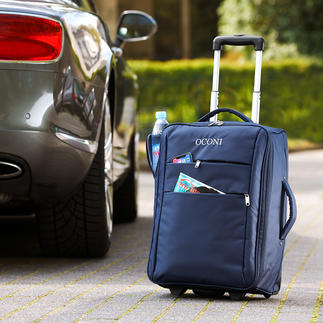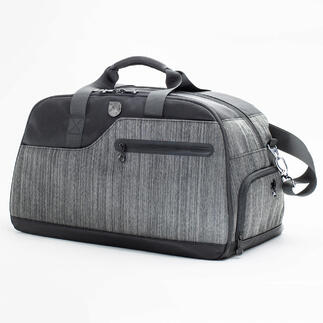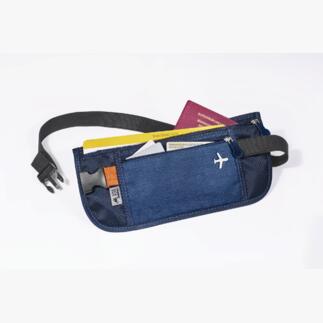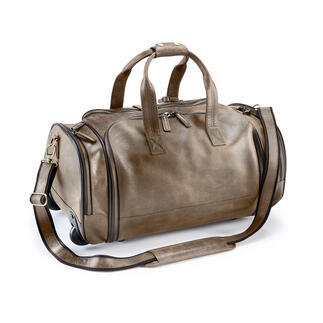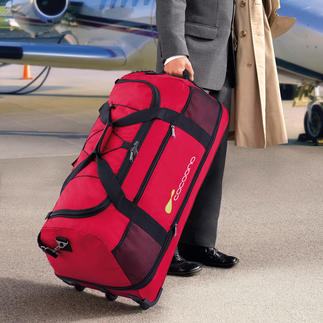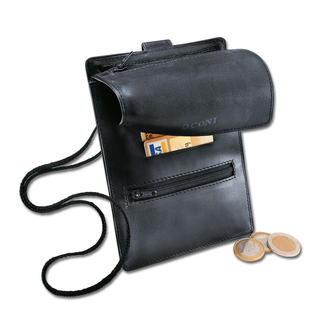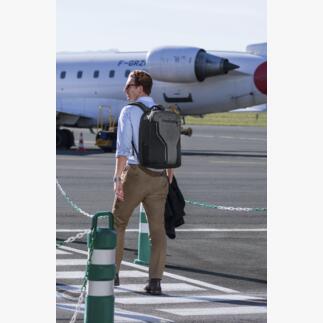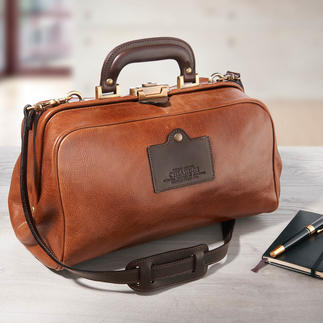
Goodbye
As a result of the Brexit, Pro-Idee has closed its UK online shop and stopped deliveries from the Continent to the United Kingdom.
You have shopped with us in the past and your Pro-Idee product has developed a fault within its guarantee period? No worries, we’re still here for you. Please simply contact us by mail to export@proidee.de. We’ll be happy to find a solution for you.
If you wish to have your order delivered to an address outside the UK, we invite you to continue shopping in our German, French, Dutch, Austrian or Swiss online shop.
We thank you much for the continuous support throughout the years.
Hard shell cases
Hard shell cases are made from robust plastics and combine the advantages of aluminium cases with those of soft shell cases. They are similarly as robust and sturdy as aluminium cases, though weigh barely more than soft shell cases. In addition, even high-quality hard shell cases are available for significantly less than 200 pounds – in suitcase sets, the single piece price of quality cases is often even under 100 pounds.
Hard shell cases are universally relevant and equally suitable for all modes of transport – aeroplane, intercity coach, train or ship. Read more
These are the advantages
Advantages of good travel cases with a hard shell are:
- High degree of robustness against mechanical stress
- Also suitable for aeroplane voyages
- Case and contents remain undamaged in light rain and snowfall
- Good carrying comfort thanks to multiple handle options and light weight
- Branded products available even at low prices
Are there any disadvantages?
- They do not offer the best protection against impacts, blows or even chemicals which aluminium cases do, for example.
- They weigh slightly more than soft shell cases (5 to 10%)
- When space is limited (for example in a car), pliable pieces of luggage make better use of the space.
Travel cases with or without wheels?
Trolleys are travel cases with wheels and an extendable telescopic tube for an extended handle. These are enormously popular – and rightly so. Especially for women and children as it is strenuous to carry a heavy weight, whether as a bag or backpack. It is also damaging for the spine and long periods of carrying can lead to shoulder and back aches.
Travel cases without wheels – OK for short carrying distances
If you only haul your luggage over short distances from the car boot straight onto the train and from there directly into a taxi, a small case without wheels can still be advantageous. Because generally speaking, such cases save more space and are also cheaper.
Travel cases with wheels – the more comfortable alternative
We recommend wheels to anyone who does not know for how long or far they will have to carry their case. It is simply a lot healthier and more comfortable. Additionally, almost all airports and railway stations have level floors, which are needed for wheels. However, you do have to pay attention with these travel trolleys that the wheels do not jam. Furthermore, the wheels should be made from rubber-like soft plastic – so very similar to car tyres. After all, these do not skid and ensure a comfortable, even and mainly quiet wheeling motion. There is nothing more annoying than a trolley with a wheel that jams all the time. Unfortunately, this is still the case with some cheap trolleys.
Two wheels or four wheels?
The disadvantage of hard shell cases with two wheels curiously lies in the trolley handle, because a constant basic tension bears down on the aluminium rods, due to the tilted position of the case when pulling. Especially in the case of cheap products, this leads to a gradual loosening of the trolley handle and it then makes a tedious clattering sound. What’s more, the handle rods of low-quality cases can bend under high stress.
On the other hand, hard shell cases with 4 wheels are transported in an upright position – when clearly less force is exerted while pulling and pushing. Furthermore, the four wheels at the lower corners ensure a high degree of rolling comfort and stability. However, cases with 4 wheels are unfortunately a bit more expensive generally speaking.
Materials used
Five types of plastic have established themselves on the suitcase market over the past 10 years. All try to generate an optimal combination of ruggedness, low weight and flexibility. The result is that hard shells can now be built to be as indestructible as aluminium cases and almost as lightweight as soft shell cases. Often, combinations of the following composite materials are also produced.
Polycarbonate
Hard shell cases made from polycarbonate such as our Titanium Makrolon® Trolleys endure impacts and blows like no other material. And if at some point it really does “break”, the material does not splinter or rip open, but simply morphs irreversibly and displays white gleaming spots. Of course, the case does not look good anymore, but the catastrophe of all the contents coming out will be averted with a polycarbonate case.
Chemically, polycarbonate belongs to polyesters. They are transparent initially and only are dyed at will afterwards. Temperatures from -40 to +120 degrees Celsius are no problem for this composite material.
Over recent years, polycarbonate suitcases have become increasingly popular. The main advantage of this material is its low dead weight while offering high rupture safety. Polycarbonate is flexible, which is why cases made from this material are usually closed with a zip fastener. There are some polycarbonate cases with other closing systems, though these need a solid frame construction. The weight advantage is lost here. Often, for reasons of price or design, the shell material is not made from 100% polycarbonate, but combined with other materials. Also, with shells made from 100% of polycarbonate, there are great differences in quality. This is because there are large amounts of waste materials left over during production, and many manufacturers melt down these waste materials for re-use. The renowned producers do not use this recycled material a second time, but sell it as raw material to producers of cheap products. Recycled polycarbonate is by far not as unbreakable as newly made polycarbonate.
ABS
ABS is the chemical compound acrylonitrile-butadiene-styrene, which is gaining popularity among suitcase makers, and is also used more and more by the automotive industry. Its special properties are a high rupture threshold as well as a wide temperature tolerance. Overall, ABS is very similar to polycarbonate in its chemical behaviour and, in addition, brings the advantage that it is easily recyclable and is therefore seen as very environmentally friendly.
Polypropylene
Polypropylene is a very hard, rigid plastic that is used nowadays mainly on the protective strips on the sides and corners of travel cases, but rarely as surface material. This material tolerates temperatures from 0 to approximately 100 degrees, but the material becomes increasingly brittle and sensitive to impacts below +10°C.
Traditionally, cases and trolleys made from this material are produced by injection moulding. The liquid polypropylene is pressed into a shape and then hardens. These cases are extremely impact resistant and break-proof. The material is relatively rigid and barely gives in, which protects the contents in the best possible way, without requiring a frame construction. Most cases made from polypropylene are equipped with a three-point locking system. This has the advantage that the case, even when the lock is damaged, is still firmly closed. In our experience, high-quality polypropylene cases are some of the most durable. Polypropylene cases are the only ones that are partly made without lining material. The advantage is that the case can easily be cleaned on the inside and odours are not absorbed as easily.
Senolite®
Senolite®, developed by producer Senoplast, is a coextruded sheet material made from polycarbonate and ABS, which is many times lighter than classic polycarbonate. This way, the impact resistant polycarbonate benefits from the good flow properties and stability of ABS. Additionally, while casting the frame, air is trapped (similar to a bar of bubbly chocolate).
Carbon-fibre composite (CFC)
CFC is a composite material embedded with carbon fibres in a plastic matrix, mostly epoxy resin. The matrix material serves to connect the fibres as well as to fill the gaps. CFC is used especially where higher costs are accepted to get a low mass and at the same time high rigidity. Well-known examples are bicycle frames or fishing rods.
In the luxury sector, one can find some of the first cases made from CFC, for example Hermes and Tecknomonster cases. However, wider distribution has so far been held back by the high price.
Which sizes? Are there standard sizes?
First, it should be considered that in principle only the inner volume counts for the size of a suitcase. The outer dimensions (the circumference) only play a role for storing the luggage during a voyage with limited space, such as in a car or in a boat.
By experience, fully packed suitcases with a volume of 80-90 litres containing usual travel items will often reach the free allowance of 20kg (44lbs) for flights.
If a piece of luggage is allowed as hand luggage in the respective airline, there are certain recommendations.
The IATA, as the umbrella organisation of airlines,recommends a sum of length, width and height of 115cm (45.3″). However, a maximum size of 56cm x 45cm x 25cm (22″ x 18″ x 10″) (IATA recommendation), or 55cm x 40cm x 20cm (22″ x 16″ x 8″) is common. The regulations may not only vary between airlines, but also often depend – just like the maximum weight allowance –on the type of aircraft used and booking class, so an inquiry to your airline is recommended.
The advice “rather too large than too small” in relation to hard shell cases is definitely wrong! After all, large cases give the contents a lot of space to bump about when there are shocks – of which there are many on any voyage: This can lead to damaged contents. Naturally, you may be able to prevent this to a certain extent by packing skilfully with clothing and possible filling material such as old newspapers, but this is just time-consuming.
An even more important reason why you should not resort to an all too large suitcase is the danger of damage. This happens a lot especially with low-priced hard shell cases, the surfaces of which can be easily dented when there is nothing on the inside of the case.
Quality criteria? Common shortcomings?
First, you should check the materials used as well as the apparent processing. In many online shops, there is an image magnifier function, and if on such a sales platform you discover threads sticking out or damaged spots, you should definitely look for a different product.
Common shortcomings are primarily found in inadequate fastening of the wheels or the trolley handle onto the body. If these are screwed on too loosely, then the handle clatters and the wheels wobble uncontrollably.
You can also recognize a good suitcase by embedded locks in the case shell. This prevents them from being damaged or torn off during transport.
An integrated ball bearing in the wheels is clear evidence of quality wheels on the trolley. In addition, the wheels should be made of soft rubber, as is the case with skateboards. Hard plastic breaks easily and is noisy when rolling. Twin wheels are the best.
Naturally, a look on the inside is essential. Nowadays, most hard shell cases are designed the same in terms of structure and packing features. However, there are still some rotten apples, which render the available space useless for larger objects with unnecessary compartmentalisation. Generally, the following rule of thumb applies here: a large, central compartment (that may possibly be divided by meshes), as well as numerous smaller stowing options at the edge of the shell.
How much does a solid travel case cost?
Price is determined mostly by size, brand, distributor, and surface material. In the best case (soft shell case suitable as hand luggage by an unknown brand, sold by an inexpensive online distributor), such a trolley costs about £30 - 40.
Nowadays, stable, mid-sized branded travel cases, that last some years can even be found for £70 – 100. If you travel all the time, whether privately or professionally, and you go for an indestructible aluminium case or pilot case, you should plan on spending about £150 - 200, or in some cases, even more. Quality suitcases often offer a long-term guarantee and ensure that wearing parts are normally available even years after purchase.
Combination lock or key lock?
Some travel bags and cases have a lock already included. This is especially true for aluminium cases and polycarbonate cases. Whether a combination lock or the classic key lock is used, is a matter of taste. Keys can get lost, and likewise, combination codes can be forgotten.
Take note that the keys from producers of cheap cases often start to rust rather soon – with fatal consequences. That is why you should invest in quality with respect to a lock. We recommend combination locks because you can save a code on your phone for example. Namely as the last digits of a fictitious telephone number of a made-up telephone contact, just to be sure. This way, you will never be helpless in front of your locked suitcase again, and you can look up and access the code at any given time.
Especially for voyages to the United States, a TSA lock can be very sensible. In the event of a suspicious or unidentified object being found in a piece of luggage during screening, then your bags can be opened with the master key of the United States Transportation Security Administration, be searched and afterwards be locked again. If your suitcase does not have a TSA lock, but merely a simple combination lock, then it may be that the lock is broken open by the security authorities without inquiring with the owner. However, since the abuse of TSA master keys cannot be ruled out, it is sometimes doubted whether such locks really offer protection against unauthorised opening of your suitcase.


